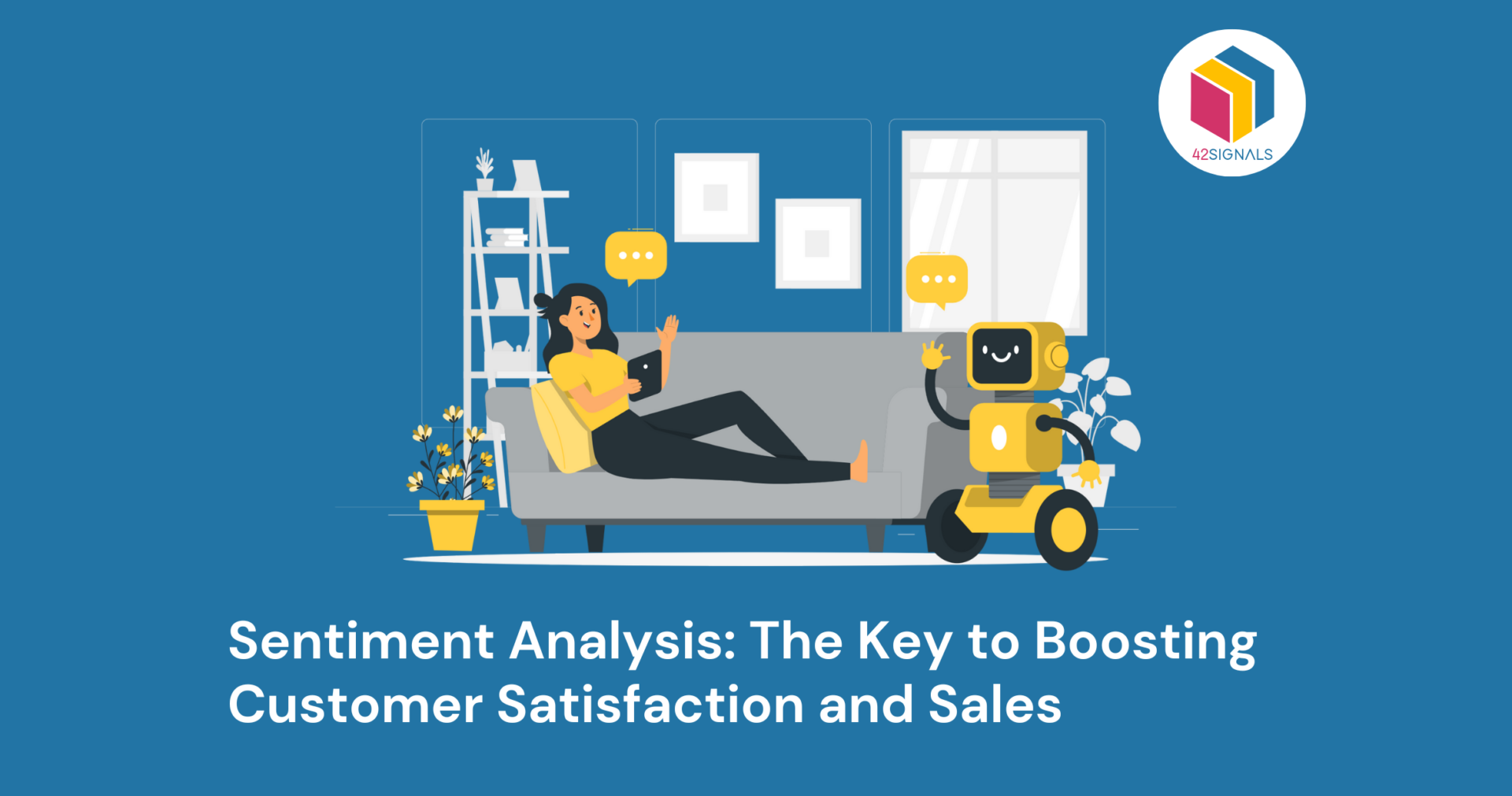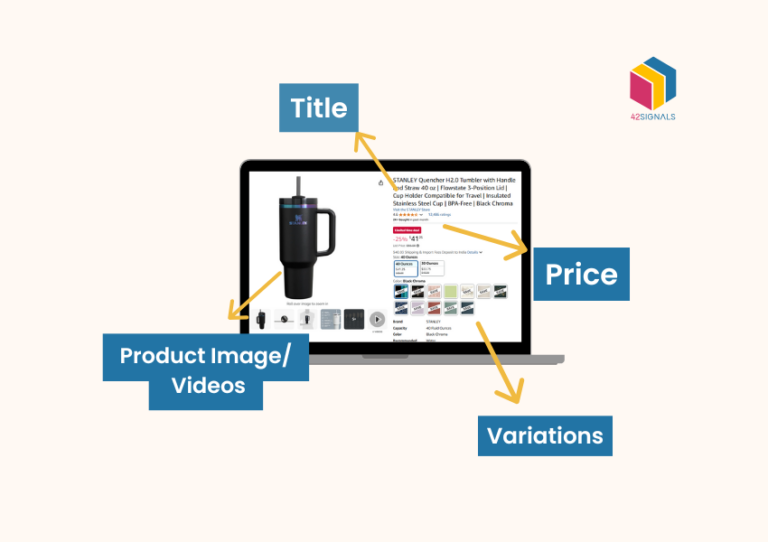Businesses today have access to a wealth of data about their customers. However, sifting through vast amounts of information can be overwhelming and time-consuming. This is where sentiment analysis comes in. It helps companies understand the emotions and opinions behind customer feedback, enabling them to make informed decisions and improve overall customer satisfaction and sales.
What is Sentiment Analysis
Sentiment analysis, also known as opinion mining or emotion AI, is a natural language processing (NLP) technique used to identify, extract, quantify, and study affective states and subjective information from textual sources. It involves analyzing customer reviews, social media posts, surveys, and other forms of feedback to determine whether the tone is positive, negative, or neutral.
By identifying the sentiments expressed in customer feedback, businesses can gain valuable insights into customer needs, preferences, and pain points.
Benefits of Sentiment Analysis for Businesses
1. Improved Customer Satisfaction
By using sentiment analysis to monitor customer feedback, businesses can quickly identify areas that need improvement and take action to address them. For example, if many customers are expressing dissatisfaction with a particular product feature, the company can work on improving it, thereby increasing customer satisfaction.
Even if every aspect of the negative reviews cannot be improved, acknowledging it and trying to do better in the next iteration can make a difference.
2. Increased Sales
Sentiment analysis can help businesses increase sales by providing insights into what customers like and dislike about their products or services. By focusing on developing products that meet customer needs and wants, businesses can attract more customers and generate higher revenue.
For example, when customers loved the LANEIGE lip sleeping mask, the company heard their feedback and came out with several more flavors and versions.
Image Source: The Market Place
3. Better Decision Making
Sentiment analysis provides businesses with objective data about customer attitudes and perceptions, which can inform strategic decision-making. By understanding customer sentiment, businesses can allocate resources more efficiently, prioritize initiatives, and measure the impact of marketing campaigns.
Image source: Maury County Source
When Crumbl Cookies started experimenting with new flavors and saw customers getting upset over a cookie going out of stock after travelling to a location, Crumbl decided to adopt the ‘product sales drop’ technique. New flavors are launched every week and the menu keeps rotating to make the purchase exciting.
4. Implementing Sentiment Analysis Effectively
To get started with sentiment analysis, businesses should first define their goals and objectives. What do they hope to achieve by implementing sentiment analysis? Do they want to improve customer satisfaction, increase sales, or both? Once these goals are established, businesses can select the appropriate tools and techniques to collect and analyze customer feedback. Here are some tips for effective implementation:
5. Use Multiple Data Sources
To get a comprehensive view of customer sentiment, businesses should use multiple data sources such as customer reviews, social media posts, and survey responses. This will provide a more accurate picture of customer sentiment than relying on a single source.
Image source: Surveypal
Choose the Right Tools
There are various sentiment analysis tools available, ranging from free online platforms to enterprise software solutions like 42Signals. When choosing a tool, consider factors such as accuracy, ease of use, integration capabilities, and pricing. Look for a tool that offers customizable dashboards and reporting features to enable easy tracking and interpretation of results, all of which the 42Signals Voice of Customer Analytics feature provides.
Monitor Regularly
Sentiment analysis is not a one-time activity but rather an ongoing process. Set up regular monitoring schedules to track changes in customer sentiment over time. Adjust strategies accordingly based on the insights gained from sentiment analysis.
Conclusion
Sentiment analysis is a powerful tool for boosting customer satisfaction and sales. By analyzing feedback and pain points, customer sentiment is a goldmine of data to help businesses with product innovation. Curious to know more? Schedule a demo with 42Signals







